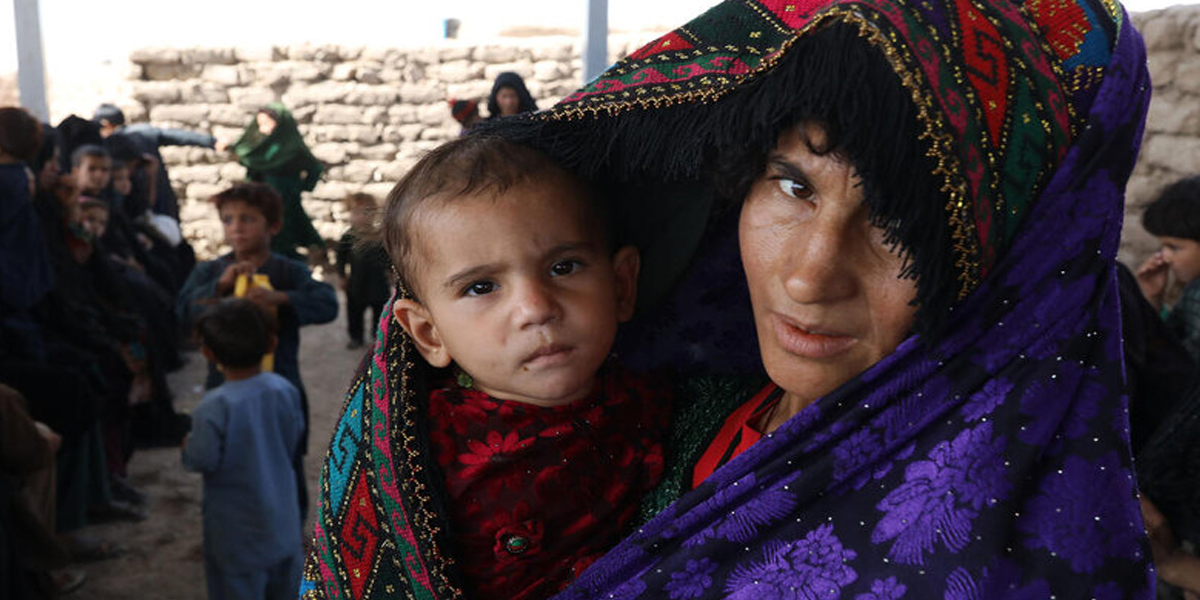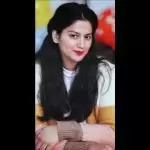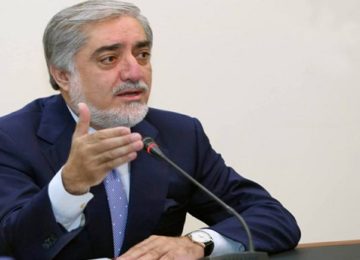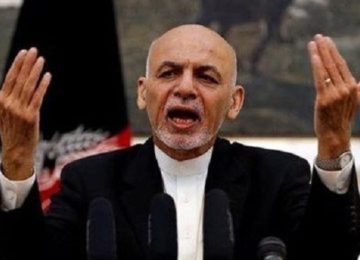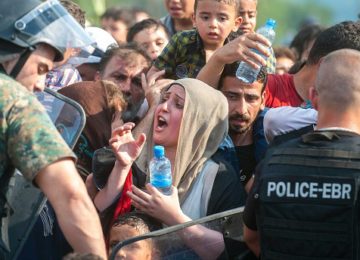This article centres on the escalating gender crisis in Afghanistan post-Taliban takeover, highlighting the severe regression in women’s rights and the urgent need for international intervention to support Afghan women.
Afghanistan ranks 146th out of 146 countries in the 2024 Global Gender Gap Index. Since the Taliban’s return to power in August 2021, the country has witnessed a significant regression in women’s rights, deeply affecting every facet of their lives. The imposition of draconian laws and the suppression of freedoms have reversed the progress made over the past two decades, plunging Afghan women into a state of heightened vulnerability. This article sheds light on the current status of women in Afghanistan, highlighting key statistics and drawing from the 2024 Gender Country Profile on Afghanistan, the first of its kind report since the Taliban takeover.
Gender-based violence (GBV) remains a pervasive issue in Afghanistan. A staggering 92% of women have experienced violence at least once in their lifetime, a figure that significantly exceeds the global average of 26%. This includes physical, sexual, verbal, and psychological abuse, often perpetrated by intimate partners. The Taliban’s policies have exacerbated these conditions by imposing male dominance and stripping women of their autonomy and economic independence. The dismantling of legal protections and support systems for GBV survivors has further entrenched this violence, creating an environment where Afghan women are more vulnerable than ever.
Between 2001 and 2021, significant progress was made in girls’ education, with enrollment rising to 3.7 million girls by 2020. The Taliban’s restrictions on female education have had a devastating impact. About 80% of school-aged girls and young women, approximately 2.5 million individuals, are out of school. Secondary education for girls was suspended in March 2022, and university education was banned in December 2022, affecting over 100,000 female university students. These prohibitions not only deny girls the right to education but also undermine the country’s socio-economic development.
The literacy rate among Afghan women remains alarmingly low, particularly in rural areas where it stands at just 16%. The overall educational attainment for girls is equally dismal, with only 10% enrolled in secondary education. This stark disparity highlights the systemic barriers that prevent Afghan girls and women from accessing quality education and achieving their full potential.
Before the Taliban’s takeover, women constituted 23.3% of the labour force in Afghanistan. This figure has now plummeted, with a disproportionate 25% decrease in women’s employment compared to a 7% decrease for men. The ban on women working in national and international NGOs, which directly affected over 15,000 women, further illustrates the targeted nature of these restrictions. Even in sectors where women are allowed to work, such as health and education, their numbers are significantly lower than those of men.
Women’s civil society organizations (WCSOs) have been severely impacted by the Taliban’s restrictive policies. The civic space in Afghanistan has virtually ceased to exist, with women-led and women-focused CSOs facing targeted campaigns that have forced many to shut down. Despite these challenges, 127 women’s organizations continue to operate, providing critical support to over one million women. These organizations play a vital role in advocating for women’s rights and delivering essential services, but their future remains precarious under the current regime.
The humanitarian sector in Afghanistan has also been deeply affected by the Taliban’s policies. The ban on women working for NGOs has hampered the delivery of essential services, particularly in health and education. Exemptions to these bans are inconsistently applied and often short-lived, leaving organizations in a constant state of uncertainty. This has had a profound impact on the already dire humanitarian situation in Afghanistan, where millions rely on aid for survival.
Approximately 29.2 million Afghans (68% of the population) required humanitarian aid in 2023, with women and children being the most affected groups. Women’s access to services, including humanitarian aid, is limited due to a lack of civil documentation, with 22.8% of women lacking a Tazkira compared to 9.9% of men.
The gender crisis in Afghanistan since the Taliban’s resurgence presents a horrendous regression in women’s rights, impacting every aspect of their lives from education and employment to health and civic participation. The statistics depict a wretched picture: high rates of GBV, severe restrictions on education and employment opportunities, and the dismantling of women’s civil society organizations. These conditions not only perpetuate systemic discrimination but also exacerbate the humanitarian crisis, with millions in need of aid amid restricted access for women due to documentation challenges.
The international community’s response is crucial in holding the Taliban accountable and supporting Afghan women. Strategies should focus on restoring educational opportunities, rebuilding women’s networks, and enhancing access to essential services like healthcare and humanitarian aid. Empowering Afghan women economically through targeted initiatives will be pivotal in promoting sustainable development and advancing gender equality in Afghanistan.
Elsa Imdad
Elsa Imdad is a USG Alumna. She holds a bachelors in modern languages with an English major and Spanish minor. She has previously been part of American Spaces in Pakistan and now works as a Project Coordinator at the Center for Research and Security Studies. She is also a weekly contributor for Matrix. Her interests include public diplomacy, language teaching, peace and conflict resolution, capacity building for marginalized groups, etc.
References:
First Gender Country Profile of Afghanistan Post-Taliban Takeover



